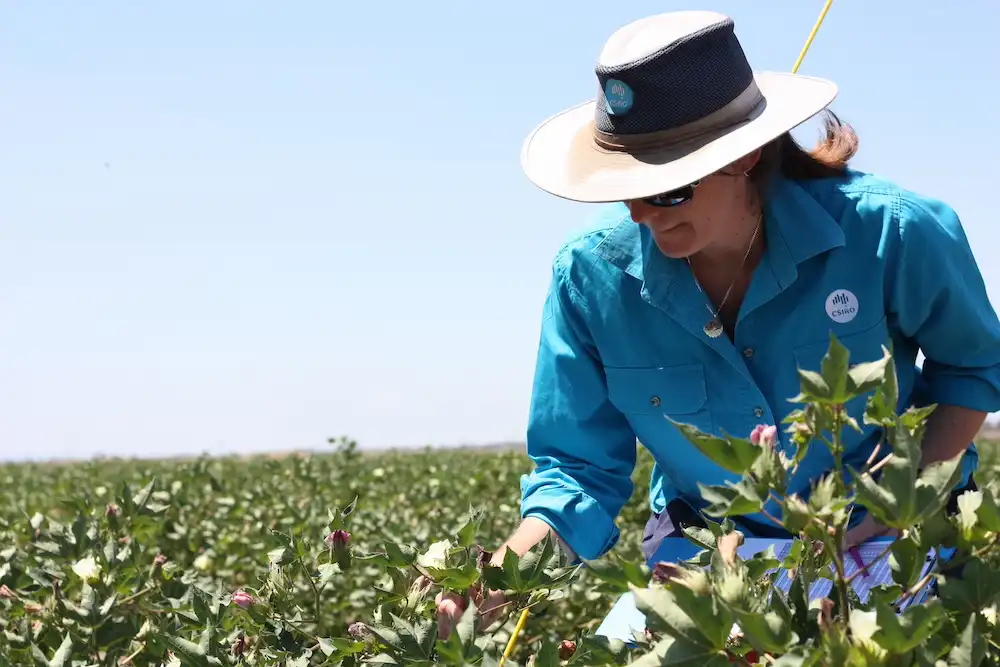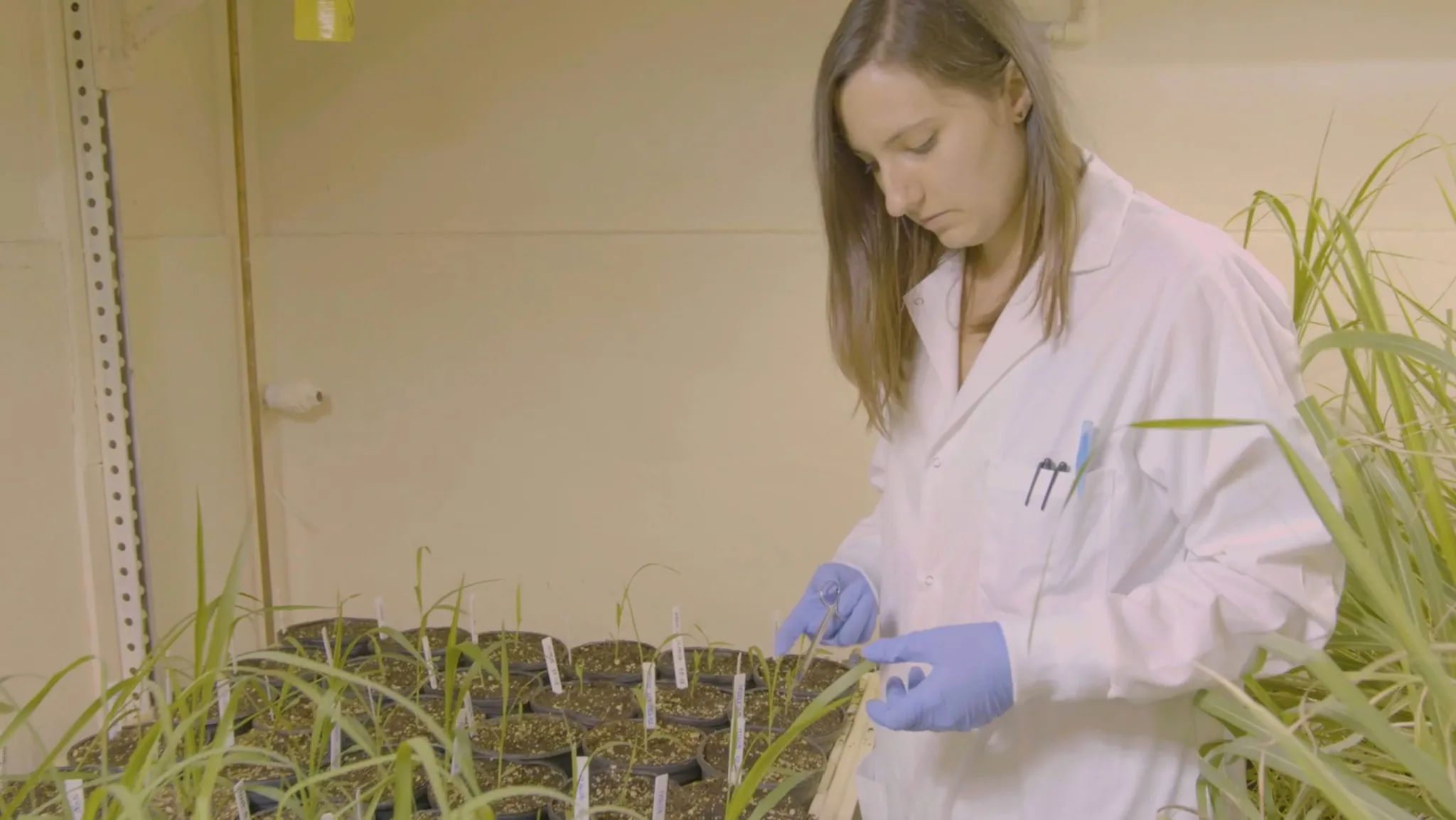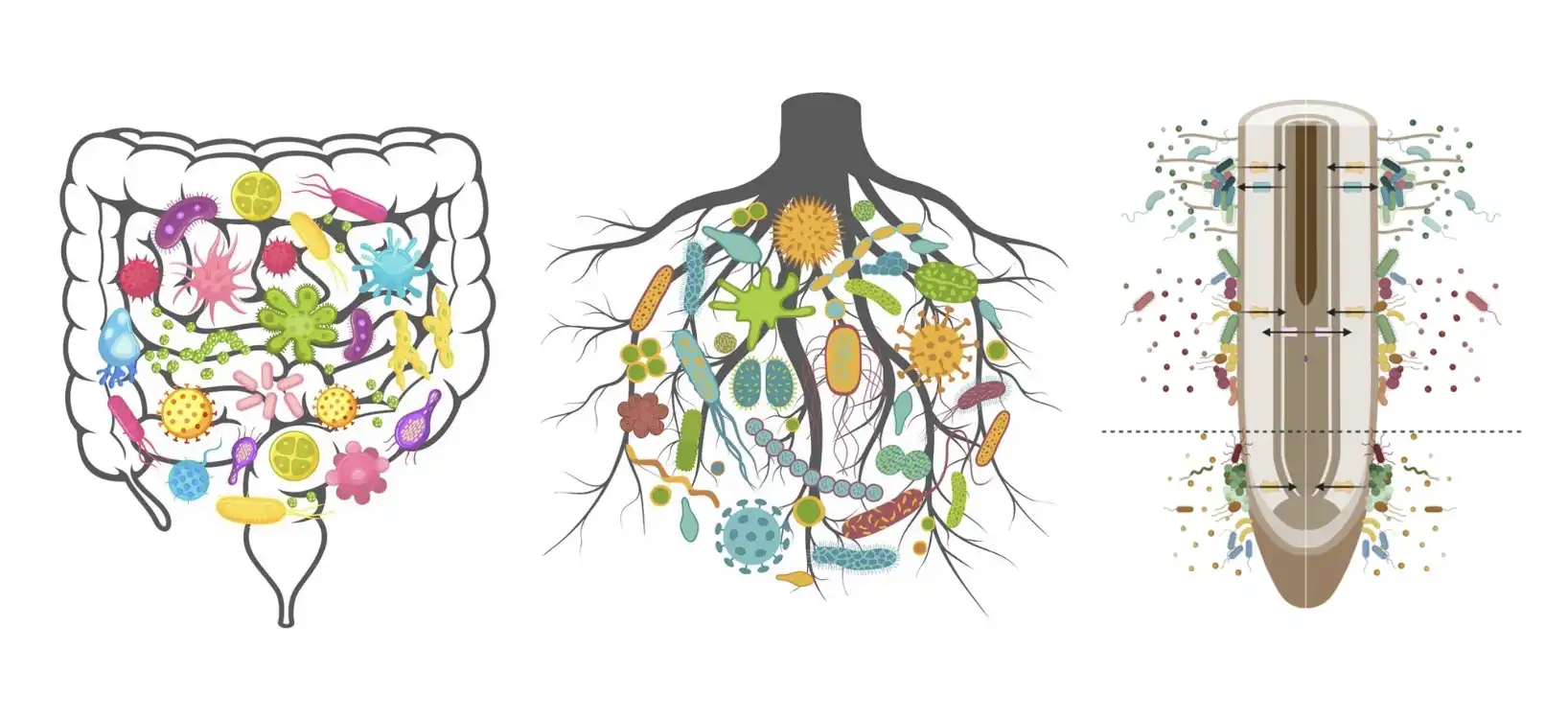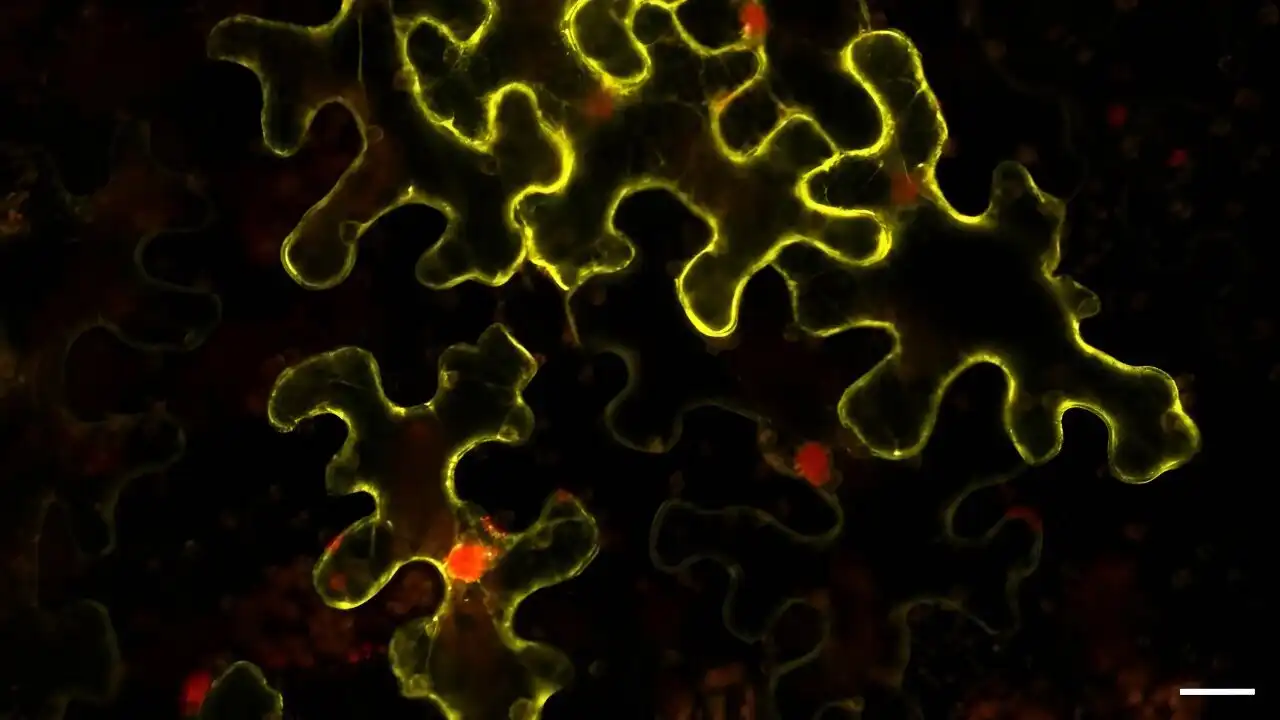
A global shortage of skilled plant breeders threatens food security. With many specialists nearing retirement and fewer graduates entering the field, urgent action is needed to bolster training and ensure the sustainability of agricultural production worldwide.
Read More











